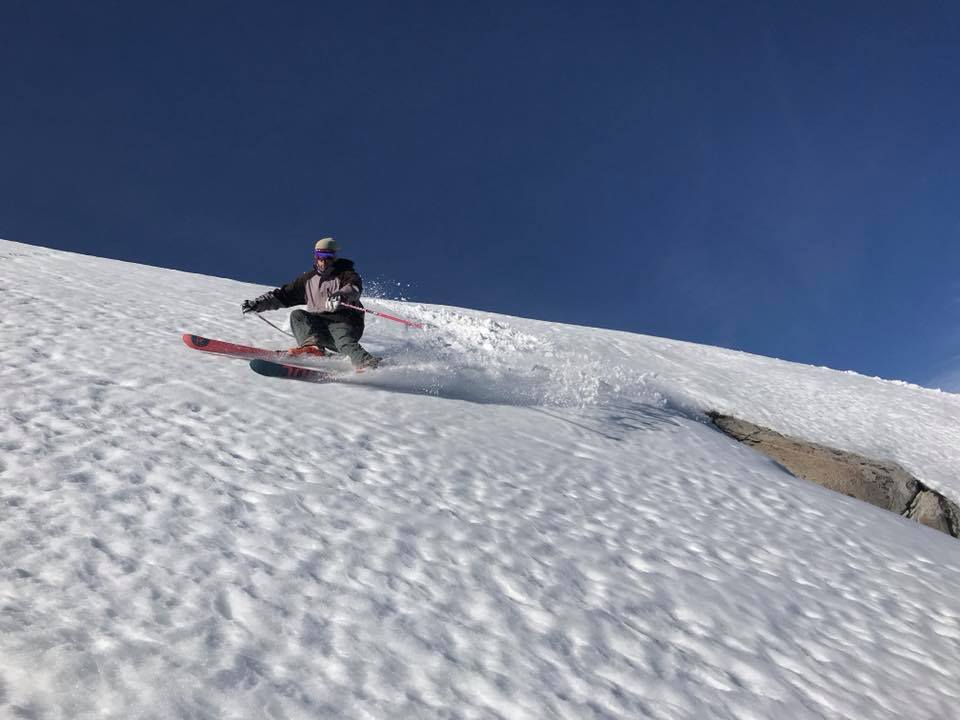
It’s funny the names we have given for the variety of different snow conditions that exist on the mountain. For many of us, we like to describe the snow conditions we face as skiers and snowboarders as things we come in contact with day to day. We describe the snow conditions at times as types of food and often give the snow descriptive names that help even a non-skier visualize what the snow is like.
Snow conditions are extremely variable, it’s amazing. The different conditions we come in contact with vary by temperature, time of the year, geographical location, the number of people who have skied and boarded the snow, freeze-melt cycles, wind, sun exposure, and the list goes on. This is part of the fun of the sport. The different types of snow and the different variables contributing to the conditions make every year different and unique. Although some conditions are undoubtedly better than others, every type of snow makes for a new experience and keeps the sport exciting and the terrain always changing.
Different Types of Snow Conditions:
Blower Pow – When you take a turn in this stuff it blows into the air leaving a trail of frost behind you, allowing for some good face shots and even better turns.
BulletProof – No matter how hard you try to punch through this snow… it doesn’t budge. It seems that even a bullet couldn’t penetrate this stuff. Not ideal.
Butter – Silky smooth like butter, but with a fast enough surface to get some speed while still feeling quite silky under the feet.
Chunder – This snow is non-optimal, thick in nature, and can come in many different varieties. Chunder is something you just know when you are skiing it.
Champagne Powder – High-class light fluffy powder typically found in The Colorado Rockies and trademarked by Steamboat Springs Resort. Regular snow takes one inch of water to make 12 inches of snow, while champagne powder makes 30 inches of snow for every inch of water. This snow is pure bliss. Only found after the coldest of storms.
Chop – Powder that has been skied through but there is still a series of fresh powder as you cut through other people’s tracks.
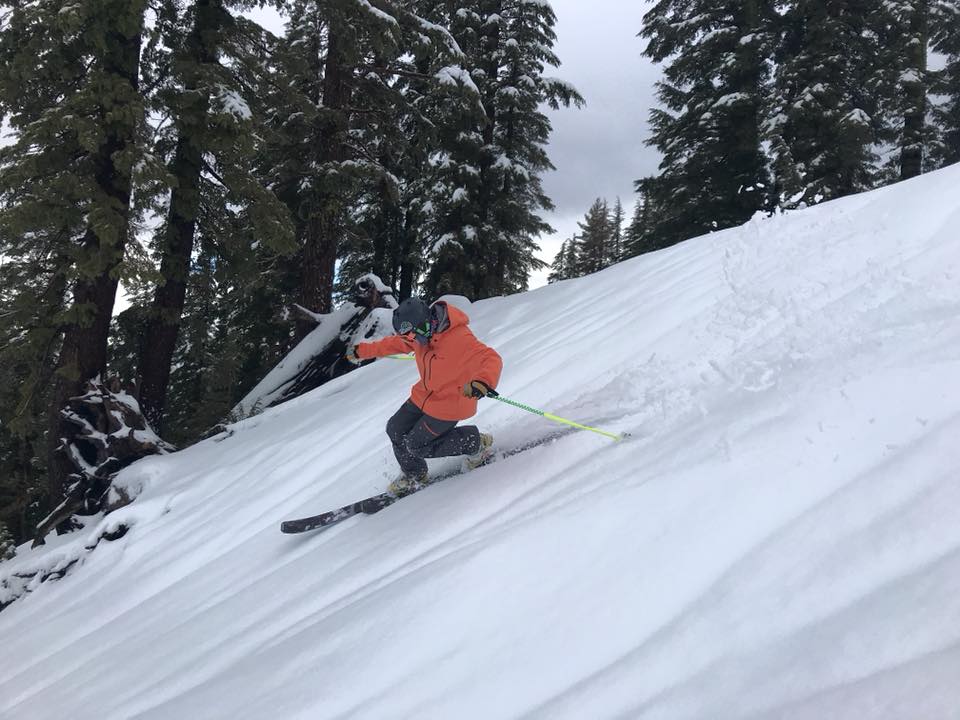
Cement – Very common in the Sierra Nevada Mountains, this snow is often called Sierra Cement in the region. This snow is heavy wet powder, which is still great to ski on but can be hard to move through if you get in the thick of it. This is wet snow that forms at around 32 degrees and feels like cement when you are caught in it.
Clam Chowder – Thick, chunky, wet, and lumpy snow. Kind of like the soup you eat but in snow form.
Corn – Corn is that nice spring skiing snow that is the result of the freeze-melt cycle during the spring months. Often used to describe good spring skiing it gets its name because of the balls of corn-looking snow that form on the snow’s surface.
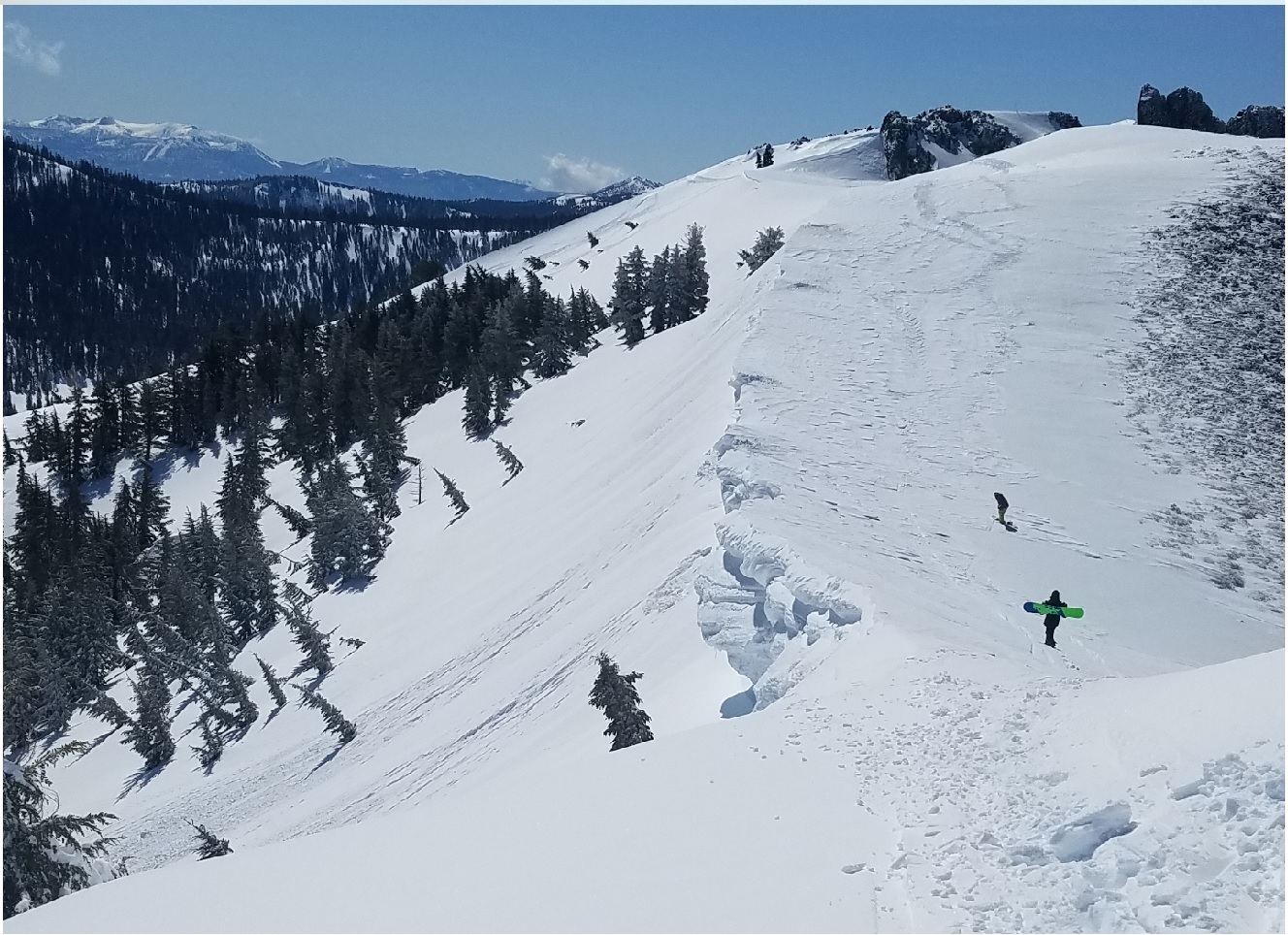
Cornice – A large build-up of snow often found on the peaks of mountain tops. These things are sick to drop in from, but can be really unstable and can create avalanche danger.
Crud – The name says it all.
Deep – “It’s deep!” is often used to describe deep powder days. Usually over a couple of feet. People often describe how deep it is by where the powder reaches to on their body; I.e Chest Deep, Waist Deep, Knee Deep.
Dust On Crust – When the resort gets 6 inches of fresh snow but underneath that fresh snow is straight ice. Careful of the hidden moguls my friend, they will buck you off your feet quite quickly.
Fake Snow – Snow created by artificial snowmakers, also known as snow guns.
Fluff – Soft snow that is quite light and fluffy.
Fresh – Used to describe recent snowfall that hasn’t been touched.
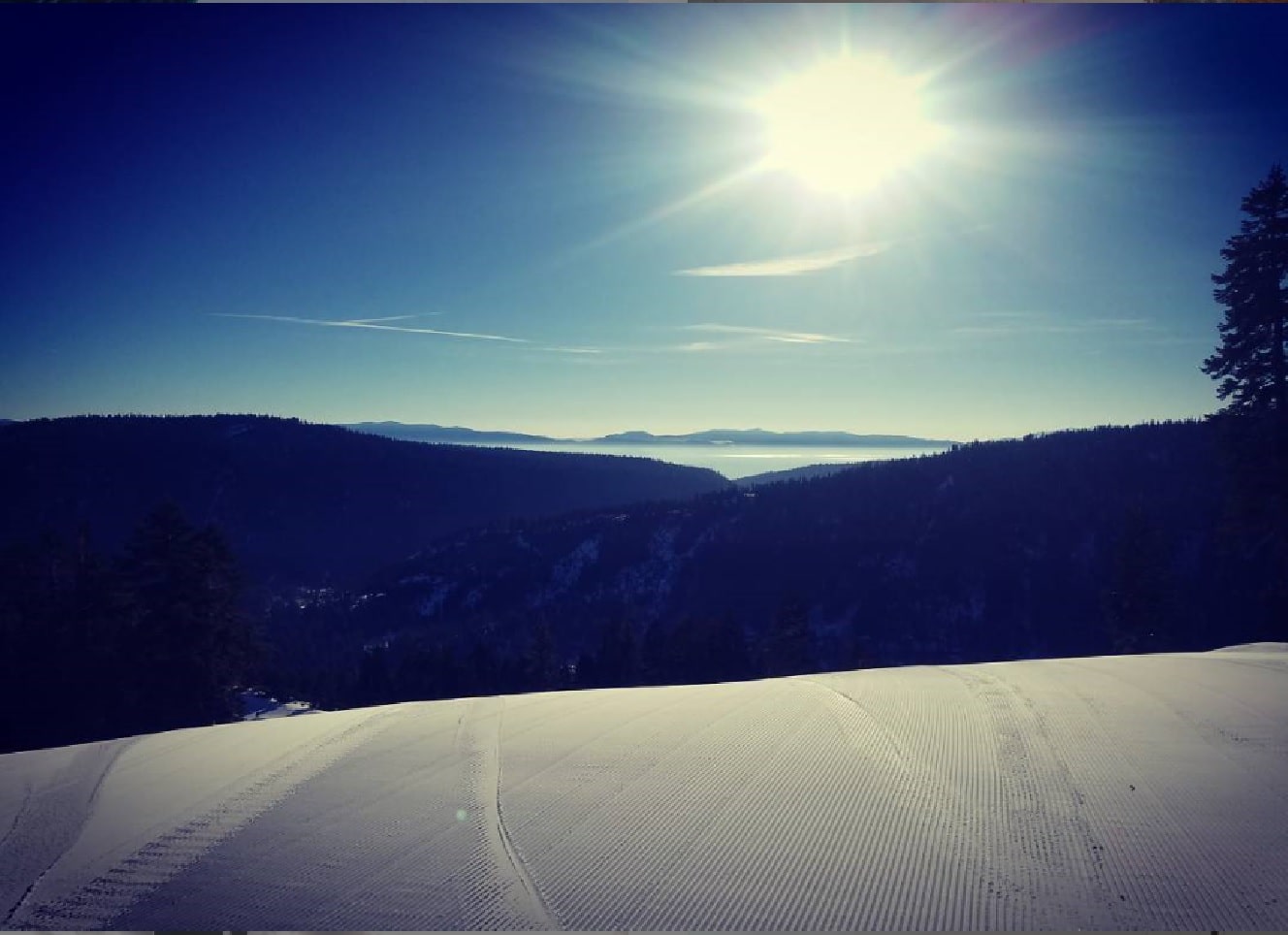
Groomers – Snow that has been compacted and made into a perfect run by heavy machinery called CATs.
Hard Pack – Used to describe snow that has been ridden over many times and is packed down and often icy.
Ice – No longer snow anymore, ice is used to describe conditions where your edges slip out from underneath you because it’s so slick.
Mashed Potatoes – Often associated with spring skiing, this snow is the effect of warm weather and the harsh rays of the sun.
Moguls – Large lumps of hard snow created by large amounts of skiers taking tight turns. Most Boarders tend to hate moguls but skiers don’t seem to mind them as much.
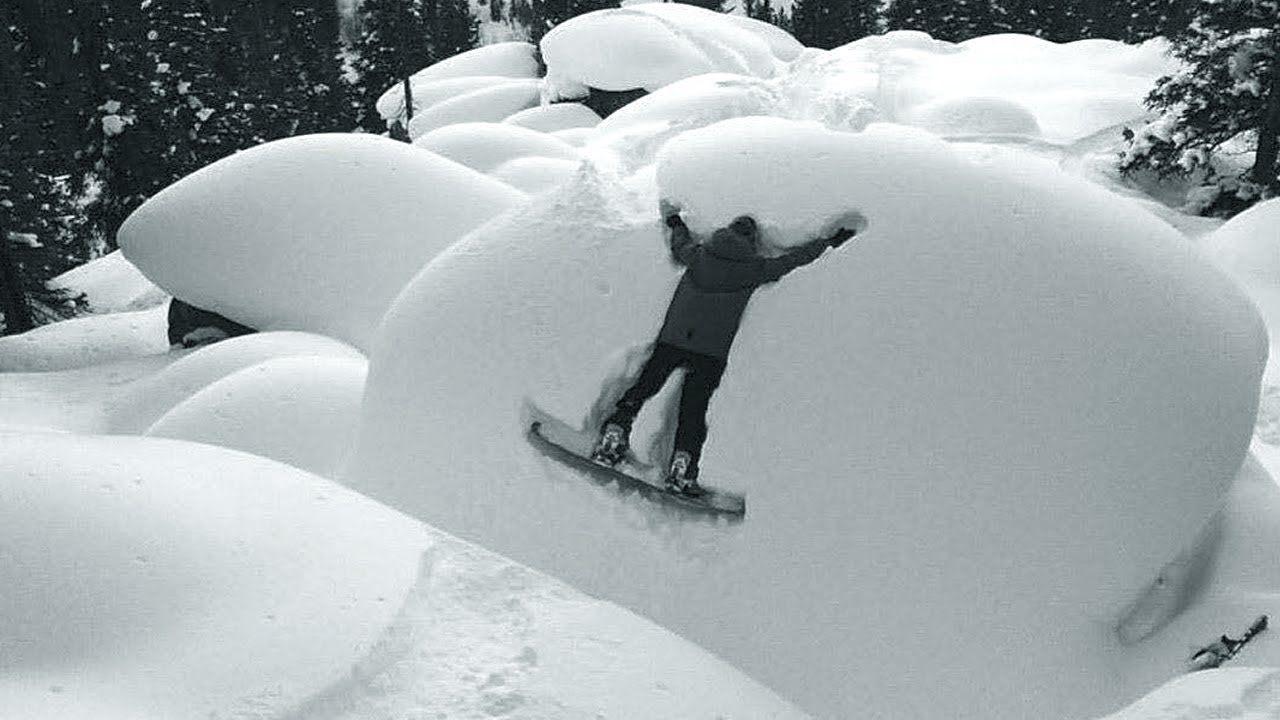
Pillows – A pillow is a formation of a large amount of powder, usually on rocks, which looks like a pillow and often explodes into a white fluffy cloud on impact.
Powder (Pow) – Fresh snow after a storm. This is what we live for.
Slush – Snow that is often found during the spring that is wet and sloppy because of warm temperatures and sun exposure.
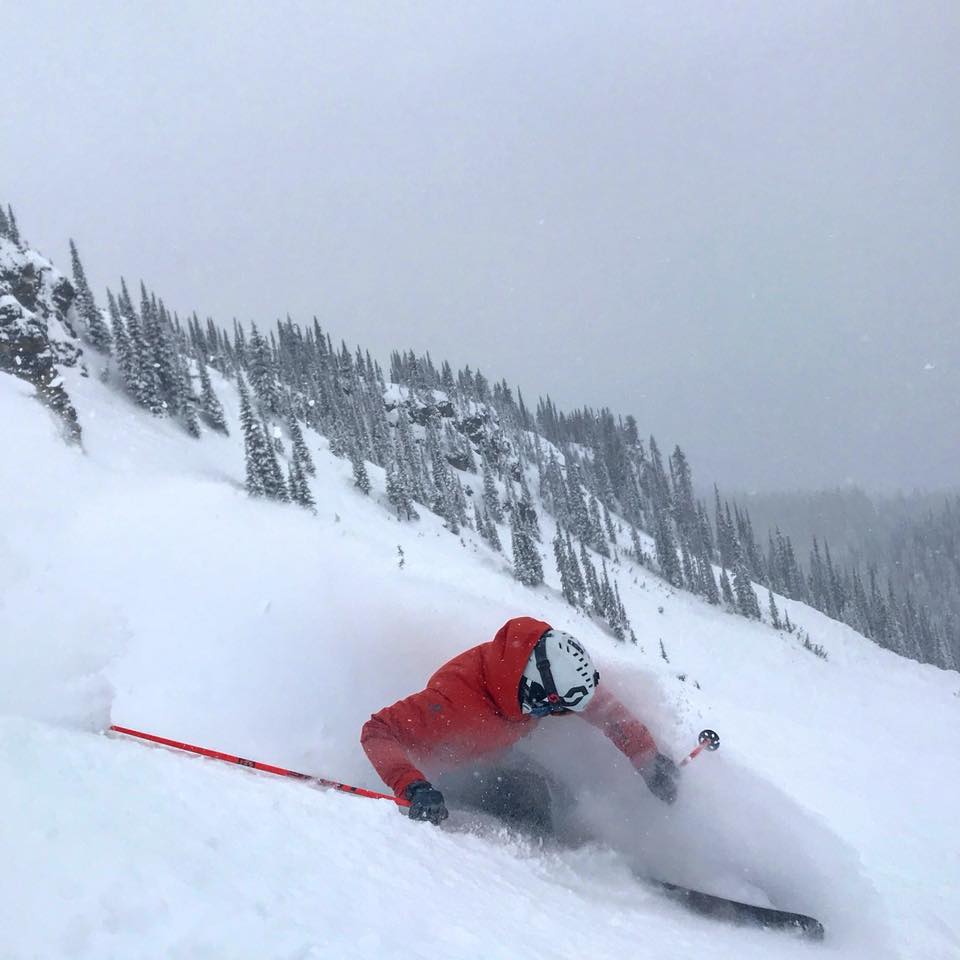
Smoke – Often used to describe snow in the Northern Rocky Mountains, this snow seems to float away like smoke when skied on.
Washed Out – A term used to describe wet snow in spring.
Wind Lip – Where the wind creates a large formation of snow which is usually followed by a drop.
Wind Buffed – Crunchy on the top, soft in the middle. This type of snow is created by heavy winds.
WTF Snow – This is snow that seems like it will be good until you ski on it. Looks like powder, but looks can be deceiving.
Yellow Snow – Snow many of us are familiar with. Don’t eat this snow. You will regret it.
hey sigma!! thanks for mentioning thick of it
Cheers Brian, thanks for the post and the different type of snow conditions.
I have written a post over on the Snow Gaper blog titled The Pocket Guide To Corn Snow and would love to see what you think?
Post here: https://snowgaper.com/corn-snow/
Regards,
Frank V.
“West Coast Chowder” or “Wet Coast Chowder”
“Cementimetres” (our Canadian measurements with ‘thick’ snow)
“elephant snot” (childhood phrase)